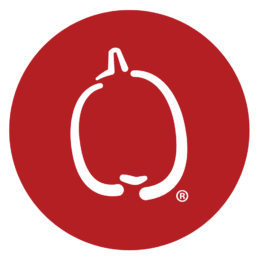Coffee Flour is a new, nutrient-dense flour made from the flesh of coffee cherries, which is usually discarded when harvesting coffee beans.
Over ten million tons of solid and liquid residues are produced from the coffee manufacturing process every year. The process extracts the desired bean – which eventually goes into your morning latte – from the soft, fleshy cherry. All the residues of this process, including the unwanted cherry flesh, are usually discarded as a pulp. Using a low temperature drying process followed by mechanical milling, Coffee Flour has found a way to make use of this environmentally problematic, yet nutrient-rich, coffee pulp.
Why you should care
In Central and South America in particular, coffee beans are separated from the fleshy berries using a wet process, creating tons of pulp and polluted water that lead to eutrophication when discarded in nearby bodies of water. By utilizing this waste product, farmers are encouraged to make their production processes more sustainable, and they receive additional income from otherwise unused by-products.
How the Global Goals are addressed
Good health and well-being
Coffee Flour is packed with surprising nutrient benefits, with more protein per gram than kale, more potassium per gram than bananas and more fiber per gram than whole grain wheat flour.
Responsible Consumption and Production
By using the flesh of coffee cherries to make a flour alternative, Coffee Flour could help to reduce the demand for new agricultural land to grow traditional flour sources such as wheat.


